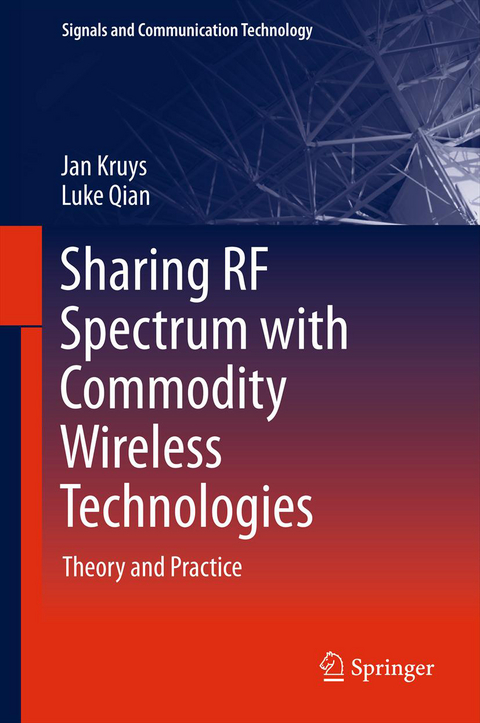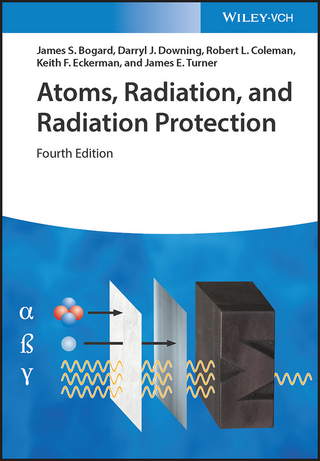
Sharing RF Spectrum with Commodity Wireless Technologies
Springer (Verlag)
978-94-007-3782-2 (ISBN)
Much energy has been spent on the subject of spectrum scarcity that would threaten to stunt the growth of wireless technologies and services. This concern comes on the heels of the great successes of both cellular communications and consumer oriented communications like Wi-Fi and Bluetooth that have changed the way people use computers and communications and that have led to the creation of large new markets for products and services.
The response of many spectrum regulators throughout the world in addressing these concerns has been to consider releasing more spectrum for unlicensed or for shared use. An example is the spectrum that is released by the transition to digital TV: the frequencies freed up are destined, in part, to new applications that would be license exempt. A possible beneficiary of new spectrum releases would be "the smart grid", a networked application of digital sensor and control technology to the energy delivery segment of the energy utility industry. This policy has heightened the interests of all involved in spectrum sharing and many proposals are being considered or brought forward. However, theory in this area is scarce and practice proves resistive of quick solutions. A case in point is RLAN/radar spectrum sharing in the 5GHz range: six years after the ITU-R allocated this shared spectrum, the rules for sharing as well as the means to verify compliance with these rules are not fully mature.
Another recent development is the interest in spectrum pricing and trading which tend to focus on the economic aspects of spectrum sharing at the expense understanding of the limitations as well as the technical possibilities of spectrum sharing.
Authors: Dr. Luke Qian and Mr. Jan Kruys The authors have worked together in the subject area for more than 6 years and both have an extensive background in wireless that goes back more than 20 years. Both have invented a number of key wireless technologies and have been granted a number of patents. Both are contributing authors of the book "Emerging Technologies in Wireless LANs" by Cambridge University Press. Both have been deeply involved in the IEEE 802 Committee that developed many wireless LAN technology standards that have found world-wide application.
Part I: RF Spectrum Sharing: Background and Theory.- 1. RF Spectrum, Usage and Sharing.- 2. Radio Regulations and Policies.- 3. Dimensions of Spectrum Sharing.- 4. Modes and Means of Spectrum Sharing.- 5. The Physics of Spectrum Sharing.- 6 .Medium Access Etiquettes and Protocols.- Part II: The Practice of Spectrum Sharing.- 7. Spectrum Sharing with Wireless LANS.- 8.Spectrum Sharing with Other Commodity Technologies.- 9. Sharing with Primary Spectrum Users.- 10. Radio Resource Management.- Part III: Prospects.- 11. Emerging Applications of Wireless Technologies.- 12. The Future of RF Spectrum Sharing.- Appendix A: Ofcom's Technical Studies.- Appendix B: DFS -Background and Compliance.- Appendix C: Radio Resource Management and Wireless Network Management Systems.
| Reihe/Serie | Signals and Communication Technology |
|---|---|
| Zusatzinfo | XX, 280 p. |
| Verlagsort | Dordrecht |
| Sprache | englisch |
| Maße | 155 x 235 mm |
| Themenwelt | Naturwissenschaften ► Physik / Astronomie ► Angewandte Physik |
| Technik ► Elektrotechnik / Energietechnik | |
| Technik ► Nachrichtentechnik | |
| Schlagworte | Radio Frequency • spectrum sharing • wireless communications • wireless networks |
| ISBN-10 | 94-007-3782-3 / 9400737823 |
| ISBN-13 | 978-94-007-3782-2 / 9789400737822 |
| Zustand | Neuware |
| Haben Sie eine Frage zum Produkt? |
aus dem Bereich


